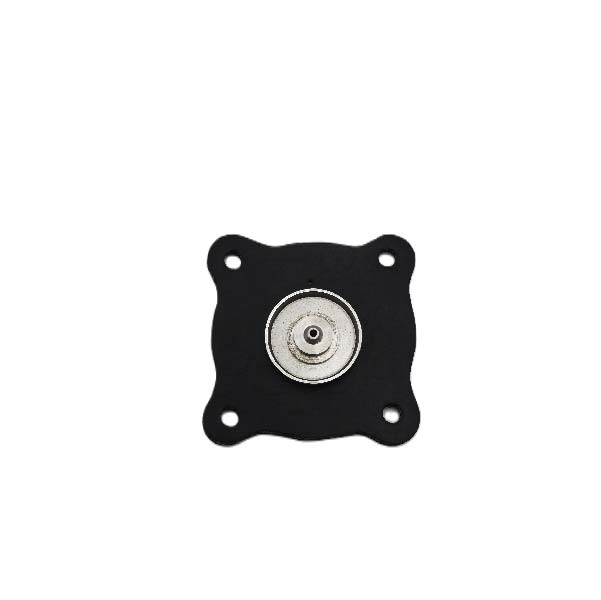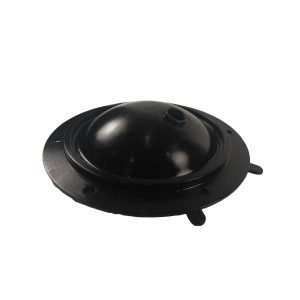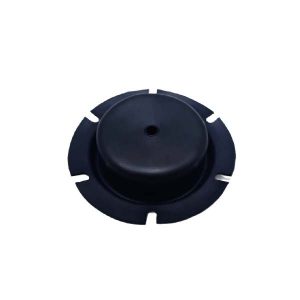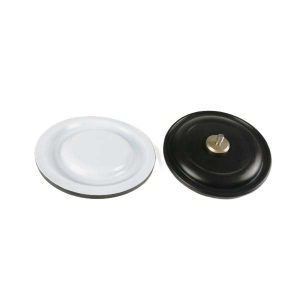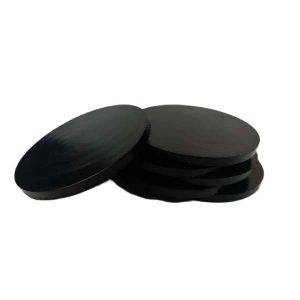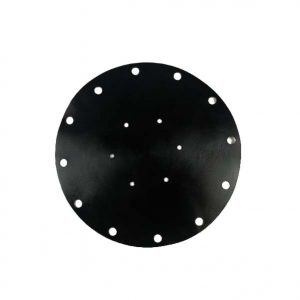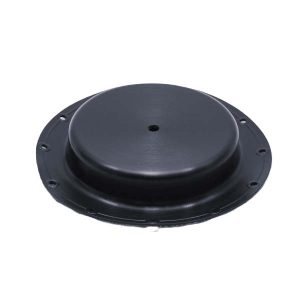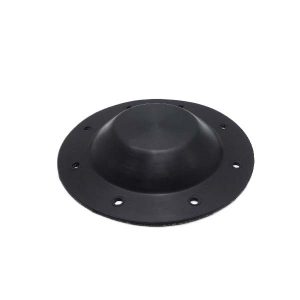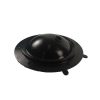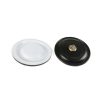Why Use Diaphragm Rubber?
First, it’s important to understand diaphragm pumps. These pumps are used to transfer fluids that are highly acidic or alkaline, viscous, or contain sediments. The pump transmits power through a diaphragm rubber sheet, which separates the machinery side from the fluid side, preventing direct contact of the liquid with critical pump components.
A diaphragm pump consists of:
- Diaphragm Rubber: Commonly used types include:
- Single Diaphragm Rubber
- Double Diaphragm Rubber, which alternates pushing back and forth with air pressure. One side of the diaphragm is drawn into the center, drawing the fluid into the pump, while the other side is pushed out, expelling the fluid through the outlet pipe.
- Check Valve: Creates pressure.
- Plunger: Transfers power from the motor and gear set.
- Air Release Valve: Releases air from the fluid chamber.
- Replenishing Valve: Relieves some pressure to prevent the diaphragm from becoming damaged due to excessive workload.
- Pressure Limiting Valve: Adjusts the pump’s pressure settings for proper use.
Diaphragm rubber is a critical component of diaphragm pumps and can become damaged with continuous and excessive use. Therefore, it’s essential to choose the appropriate type of diaphragm rubber based on the application, including its shape and characteristics. For example, reinforcing the diaphragm with fabric to enhance strength and durability, or using Teflon diaphragms for resistance to concentrated solvents.

